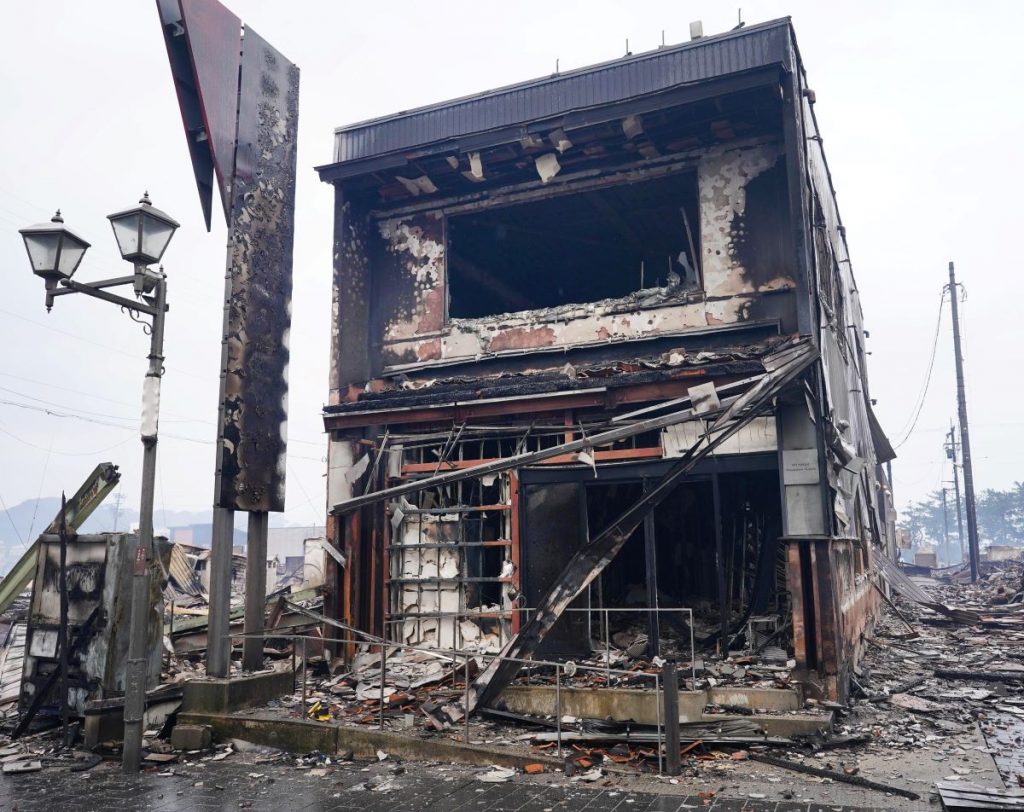
An office damaged by the tsunami in Ukai Fishing Port, Suzu City, Ishikawa Prefecture. (©Sankei by Shigeru Amari)
Read the full story on Japan 2 Earth - Preserving History: Groups Call for Caution in Earthquake Aftermath
Support organizations are calling for preserving history – namely historical artifacts damaged by water and mud in the recent Noto earthquake and tsunami. The quake measured a maximum 7 seismic intensity. In many past cases, old documents found in damaged buildings have unfortunately been discarded during cleanup. Support organizations are urging caution and asking people to think before throwing things away. According to them, even items that at first glance appear to be trash could be invaluable records of the history of the region.
Think Before You Toss
After the Great Hanshin Earthquake in 1995, the Historical Materials Network was formed in Kobe to work on the conservation of historical materials. On January 8, they launched an emergency response to the recent earthquake disaster.
"In areas where the damage was relatively minor, recovery and reconstruction have begun. During these times, there is a concern that historical heritage documenting the community's history may be discarded," notes the organization's website.

In addition, the network has opened a consultation service on the preservation of historical materials.
The main message for people in the region is to be wary of throwing things away. With proper treatment, emphasizes the organization, it may be possible to restore and repair materials, even paper documents damaged by water or mud that may show signs of mold.
Continue reading the full story on Japan 2 Earth to learn more about the effort to preserve historical materials during disaster cleanup.
And find more great articles on the environment and the challenges of achieving the SDGs on our affiliated website Japan 2 Earth (J2E), sparking a transition to a sustainable future.
RELATED:
- Noto Peninsula Earthquake: Famous Market and Manga Museum Destroyed
- Beautiful Wajima Lacquerware Found Under Market Rubble After Earthquake
- Innovative Water-Recycling Showers Bring Relief to Evacuees After Earthquake
(Read the article in Japanese.)
Author: Tomoko Iizuka








